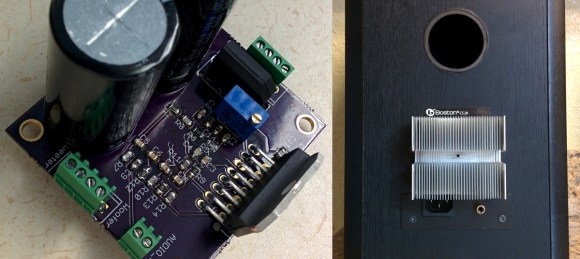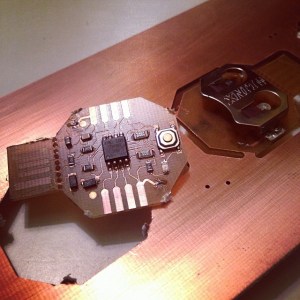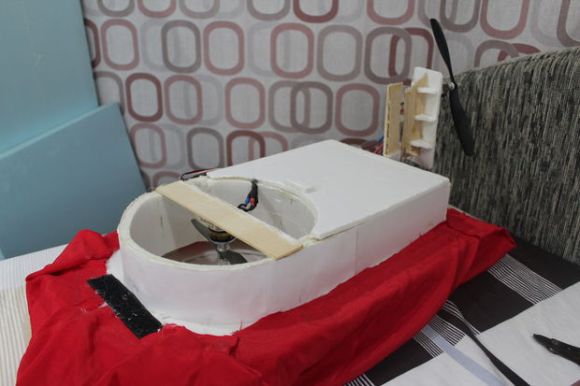
Have you ever wanted to build a high quality audio crossover and amplifier? [Rouslan] has put a lot of thought into making his dual amplifier studio monitor both high quality and simple to build.
With a concise schematic, a meaningful block diagram, and simulation results to boot, his well-written post has everything you need to build self-powered bi-amped speakers based on the LM4766 from Texas Instruments. It is great to see simulations which verify the functionality of the circuit, this can go a long way when working with complicated analog filters and audio circuitry. For those of you who do not have access to PSPICE (an expensive professional simulation tool), [Rouslan] uses LTspice from Linear Technology. TINA-TI from Texas Instruments is another great free alternative.
Additionally, [Rouslan] goes over the typical issues one has with a bi-amplifier studio monitor, such as phase misalignment and turn-on pop, and then provides a solution. Note that his project is powered by 20VAC, which requires an external transformer to convert the 120VAC in the wall to 20VAC. Be careful with high voltages! In the future, adding a high quality voltage regulator will most likely increase the performance.
His post finishes up with a very clean circuit board, which he ordered from OSH Park. With such a complete design, there is nothing keeping you from building your own. Go out and put that old speaker sitting in your basement to good use!
If you don’t have an old speaker sitting around, check out these very cool DIY speakers.















